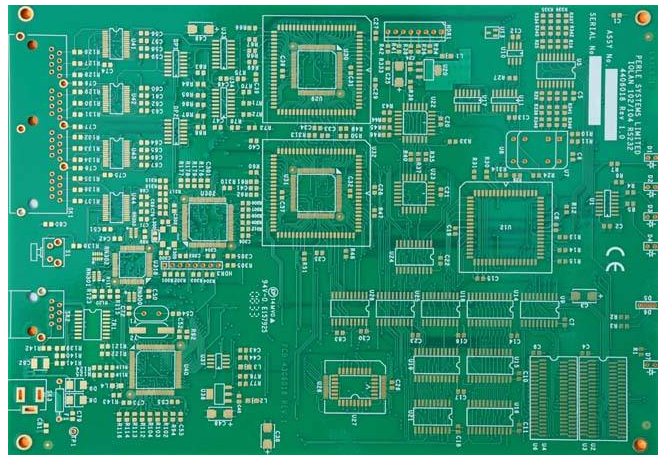1. Important factors to consider when designing FPC for space applications
In satellite applications, flexible FPC has several advantages over rigid PCBs. The characteristics of flexible FPC make FPC the best choice for space applications. FPCs used in space applications operate under very harsh conditions.
In satellite applications, flexible FPC has several advantages over rigid PCBs. The characteristics of flexible FPC make FPC the best choice for space applications. FPCs used in space applications operate under very harsh conditions. It is very important for designers to consider the following points before starting to use it for flexible FPC design for space applications.
Operating temperature
Although the FPC is not directly exposed to the space conditions, the design of the FPC should be suitable for the internal environment of the space application. The choice of materials for this FPC has become critical. For space applications, materials with an operating temperature higher than 120°C should be selected.

Restrict deflation
Using FPC in a high-pressure vacuum environment may release gas trapped in the FPC during the manufacturing process. This gas leak will condense in other parts of the equipment. During operation under high-pressure vacuum, the application of heat on the FPC forces the gas out of the FPC, which is called degassing. By choosing materials with good heat resistance for FPC design, outgassing can be minimized.
Continuous orbital collision
The satellite revolves around the earth in a circular orbit. When flying around the earth, collisions between other celestial bodies are likely. FPC should be able to withstand these tiny collisions. For this reason, the bending ability of the flexible FPC should be very high. Flexibility/bendability is an important factor to consider when designing a flexible FPC for space applications.
2. Why use flexible circuit boards in satellite applications?
In satellite applications, flexible circuit boards have several advantages over rigid PCBs. The characteristics of flexible circuit boards (such as reduced weight and improved reliability) make flexible circuit boards the best choice for space applications.
In satellite applications, flexible circuit boards have several advantages over rigid PCBs. The characteristics of flexible circuit boards (such as reducing weight and improving reliability) make flexible circuit boards the best choice for space applications. Let us look at some of the functions of flexible circuit boards suitable for space applications.
reliability
When designing a PCB for space applications, the reliability of the PCB becomes very important. There are some examples of satellites that have been in operation for more than 30 years. Dynamic flexible circuits can withstand greater pressure than rigid PCBs. Flexible circuit boards can replace connectors that are more likely to cause interconnection failures. Most of the connections in the flexible circuit board are made through the substrate. Since satellites are subjected to harsh conditions, flexible circuit boards can withstand them. The design of the flexible circuit board allows it to be bent thousands of times during operation. This will enable the flexible PCB to work under adverse conditions.
Versatility
Operating electronic systems in space is very challenging. Designers will need common electronic components to overcome these obstacles. Flexible circuit boards are more adaptable than any other type of PCB because they enable designers to achieve strange shapes. Flexible circuits can form complex three-dimensional shapes with branches that branch to multiple connectors, while rigid PCBs cannot. Sometimes, it is not feasible to place a large rigid PCB in a small part of the spacecraft. The flexible circuit can be easily installed on the surface on which it is installed.
Compact and lightweight
The flexible circuit has a thin copper layer and insulating layer. Therefore, the bending radius of the flexible circuit board can be minimized as required. Therefore, these PCBs can be adapted to a narrower space.